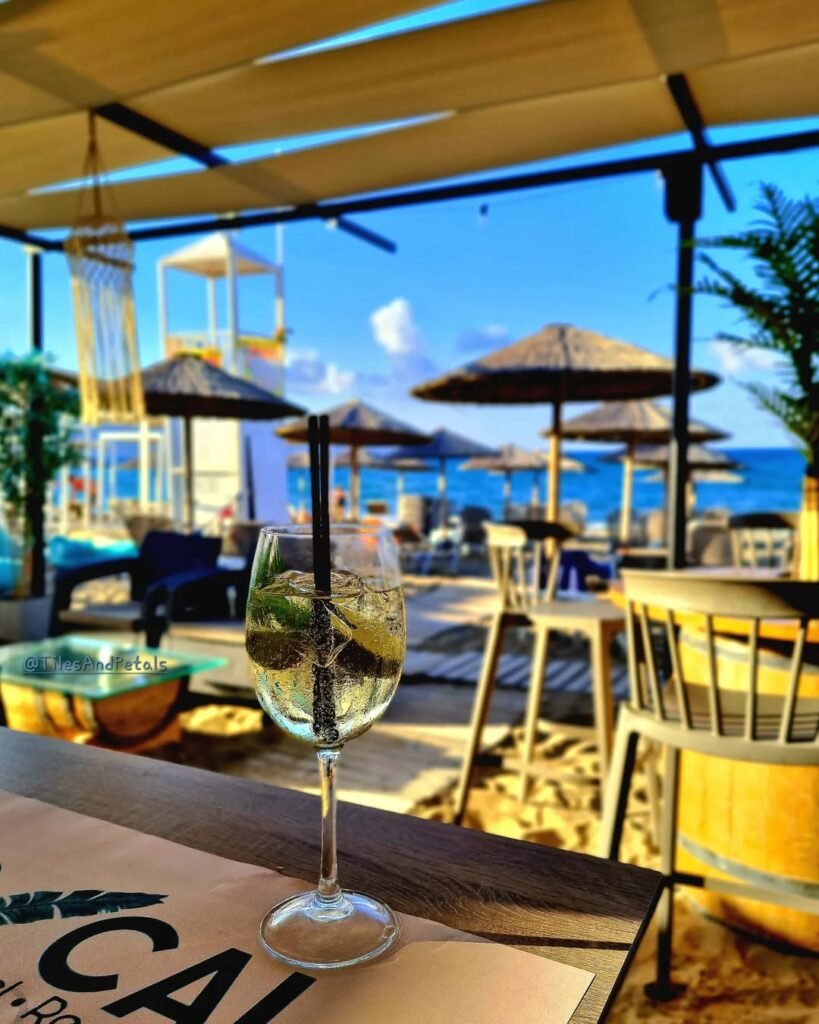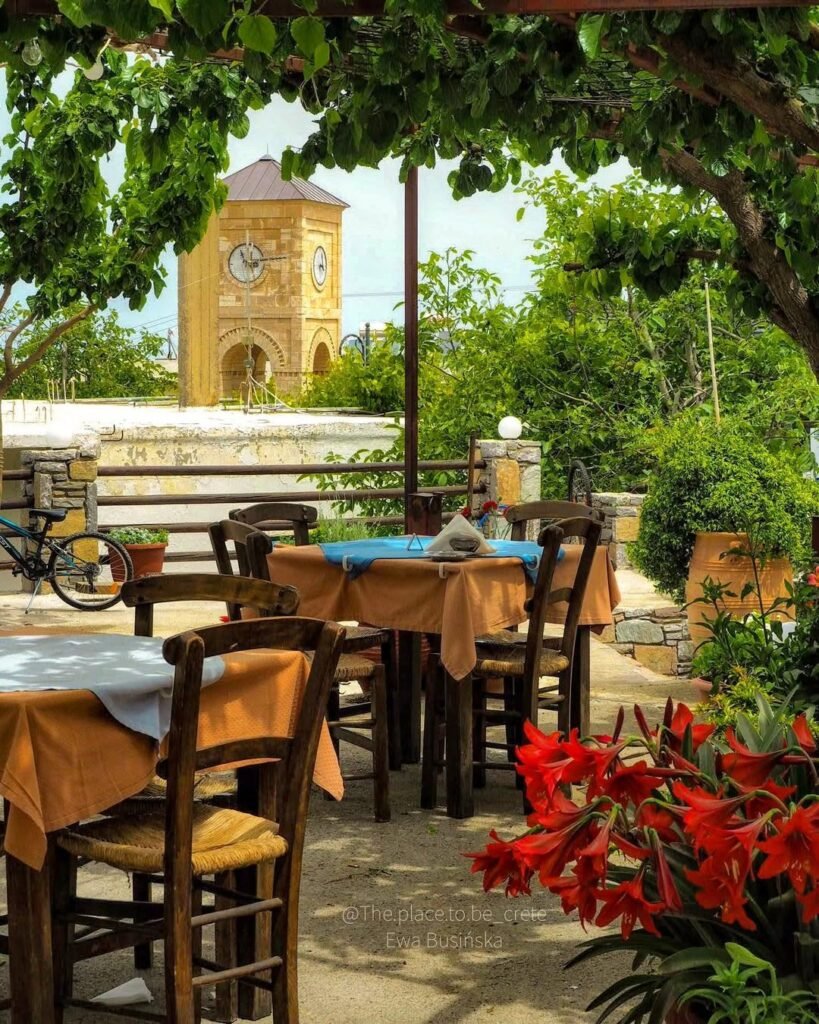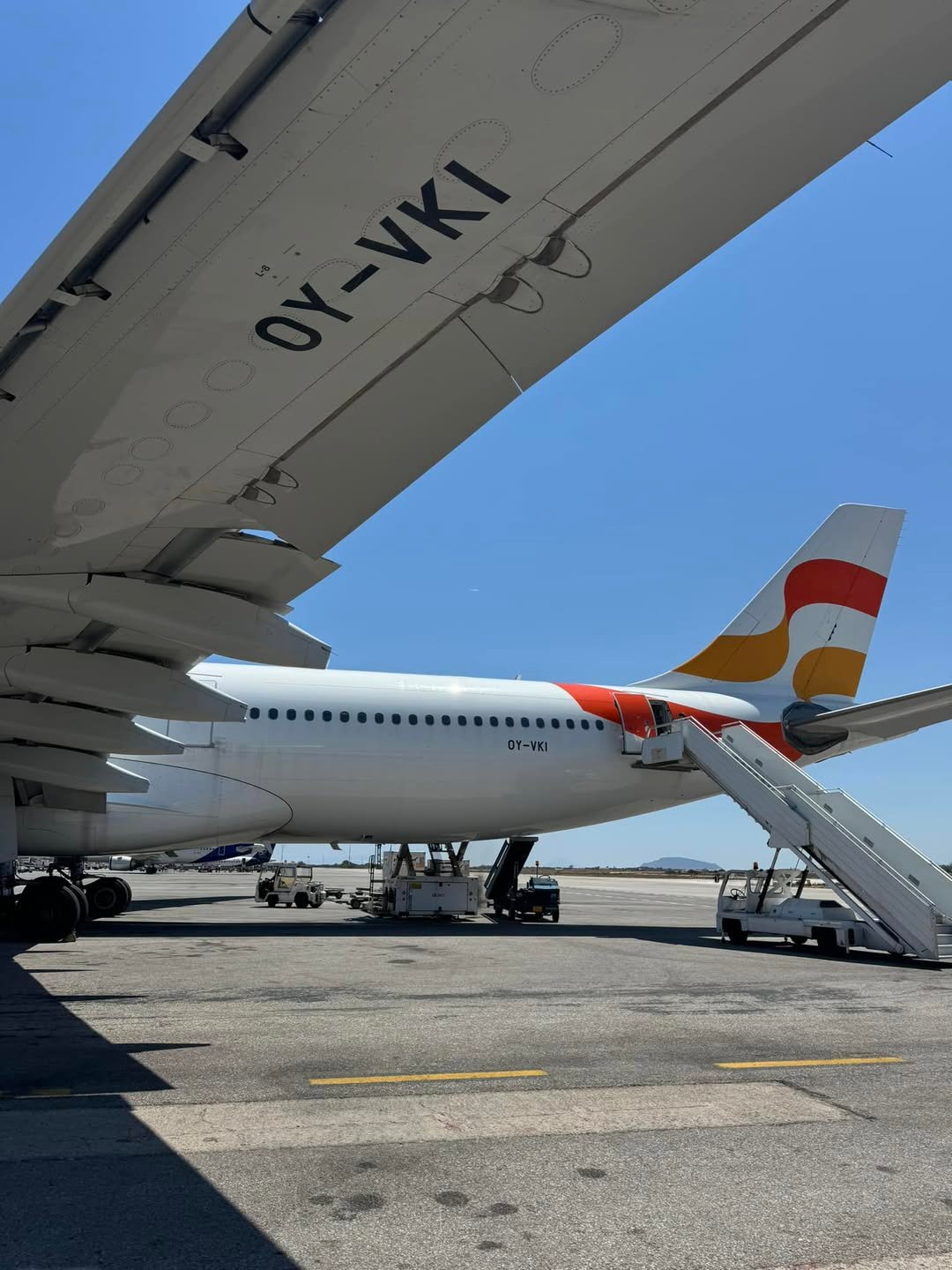Crete is positioning itself for an unprecedented tourism season in 2025, building on last year’s success and fueled by significant growth in advance bookings, expanded air connectivity, and major investments in infrastructure across the island.
Record Arrivals Expected as Bookings Show Strong Growth
Early data shows a 7-10% increase in bookings for Crete, Greece, compared to the previous year, placing the island among Greece’s top-performing destinations. This surge follows an already impressive 2024, when Crete saw substantial tourism growth, with Heraklion Airport welcoming millions of passengers and Chania Airport handling 3,881,075 passengers from January to November 2024 (an 8.4% year-on-year increase), including over 100,000 British visitors in August alone. The combined annual total for both airports exceeded 13 million passengers for 2024.
The island’s tourism momentum is further reinforced by unprecedented air connectivity. In 2025, Heraklion Airport alone will serve 92 destinations through more than 40 airlines, including four new direct connections from German airports. Major tour operators like TUI are extending their seasonal operations into November, helping to address the longstanding challenge of tourism seasonality.
The UK market is approaching 1 million annual arrivals to Crete, while Germany remains the largest source market with 1.2 million visits in 2023. The island is also seeing growing interest from France, Italy, and even India. Scandinavian tourism remains robust, with over 650,000 Scandinavian tourists having visited Greece in 2024, many choosing Crete as their destination.
Strategic Investments Bolster Tourism Infrastructure
Supporting this growth, Greece has allocated €2.3 billion for tourism infrastructure upgrades nationwide, including significant projects on Crete such as improvements to the Northern Road Axis (BOAK) and expanded port facilities. Additionally, more than 150 new boutique hotels and resorts are scheduled to open across Greece in 2025, with a substantial number located on Crete to accommodate the rising demand for high-quality, authentic experiences.

The cruise sector continues to expand, with Heraklion Port expecting over 500,000 cruise passengers in 2025. From January to August 2024, Heraklion handled 348,249 cruise passengers, representing a 49% increase over 2023. At Heraklion Port, the most prominent cruise passenger nationalities in 2024 were Germany (26.4%), USA (18.2%), UK (13.8%), Spain (7.1%), and Italy (6.7%), contributing to the island’s diversifying visitor profile and strengthening its position as a Mediterranean cruise hub.
Crete’s regional government has committed €1.2 million for tourism promotion in 2025, supporting global marketing efforts, participation in international expos, and targeted campaigns to attract visitors outside the peak season. This investment comes as Greece set a new record in tourism revenues for 2024, collecting €21.7 billion, up 5.3% from 2023.
Challenges Amid Growth: Labor Shortages and Environmental Concerns
However, this rapid growth brings challenges. Crete specifically faces a shortage of approximately 6,000 tourism workers in 2025, with hoteliers and business owners struggling to recruit enough staff for key roles. To address this, new collective agreements in Heraklion raised basic hotel wages by 5% from April 2024, with Category A staff now earning €971.83 per month for a standard 40-hour week.
The broader labor market context shows that in 2023, more than 284,200 people were active in Crete’s labor market, with an employment rate of 49.2%, higher than the national average. Despite this, only 24% of hospitality workers in Greece have graduated from tourism schools, even though many work in 4- and 5-star hotels, indicating a significant skills gap.
Tourism workers continue to advocate for improved conditions. In October 2024, Greek hotel workers staged a nationwide strike demanding better seasonal unemployment benefits and a 5-day, 40-hour work week. Many staff report working 15-hour days, seven days a week, for up to five months straight during peak season. A recent study by the Heraklion Hotel Employees Association revealed that 48.3% of hospitality workers in Crete have considered changing careers.

Environmental concerns and infrastructure strain also present challenges as visitor numbers climb. Crete has faced a state of emergency in regions like Messara due to severe water shortages, with dam levels dropping drastically from a combination of illegal pumping, low rainfall, and high temperatures. Emergency measures include irrigation restrictions, drilling new wells, and building reservoirs. Local authorities continue to invest in infrastructure and promote sustainability initiatives, including the Green Tourism Fund, which incentivizes eco-friendly practices among tourism businesses.
For visitors planning trips to Crete in 2025, a sweeping change is underway: as of April 1, entrance fees have increased at nearly all of the island’s major archaeological and historical sites. The Greek Ministry of Culture has implemented a new, standardized pricing structure to support preservation and improvements, bringing Crete’s admission costs in line with other major European destinations.
Standard tickets for top attractions such as Knossos Palace and Spinalonga Island now cost €20, while the Archaeological Museum of Heraklion is €15, and sites like Phaistos and the soon-to-reopen Dikteon Cave are €15 as well. Other sites, including Samaria Gorge, Gortyn, and Matala Caves, have also seen notable increases, with entrance fees now ranging from €5 to €15. Reduced rates remain available for eligible visitors, and EU citizens under 25 continue to enjoy free entry at most sites.
To help offset the higher costs, the Ministry has introduced additional free admission days—on the first and third Sundays from November through March—and maintained discounts for EU seniors during the off-season. Travelers are encouraged to budget accordingly, plan ahead for peak periods, and take advantage of these new free entry opportunities when exploring Crete’s world-class cultural heritage in 2025.
Crete’s outlook for 2025 remains overwhelmingly positive, with the island on track for another record-breaking year in its tourism sector, bringing economic benefits to local communities while offering visitors its characteristic blend of natural beauty, rich history, and warm hospitality.
Published on: April 25th, 2025
Further Reading:
New ETIAS Requirement for Greece: What Travelers from 60 Countries Need to Know for 2025-2026
Heraklion’s New Kastelli Airport: Construction Passes 40% Mark on Path to its Opening
New Northern Highway To Transform Crete’s Infrastructure: BOAK Project Update

